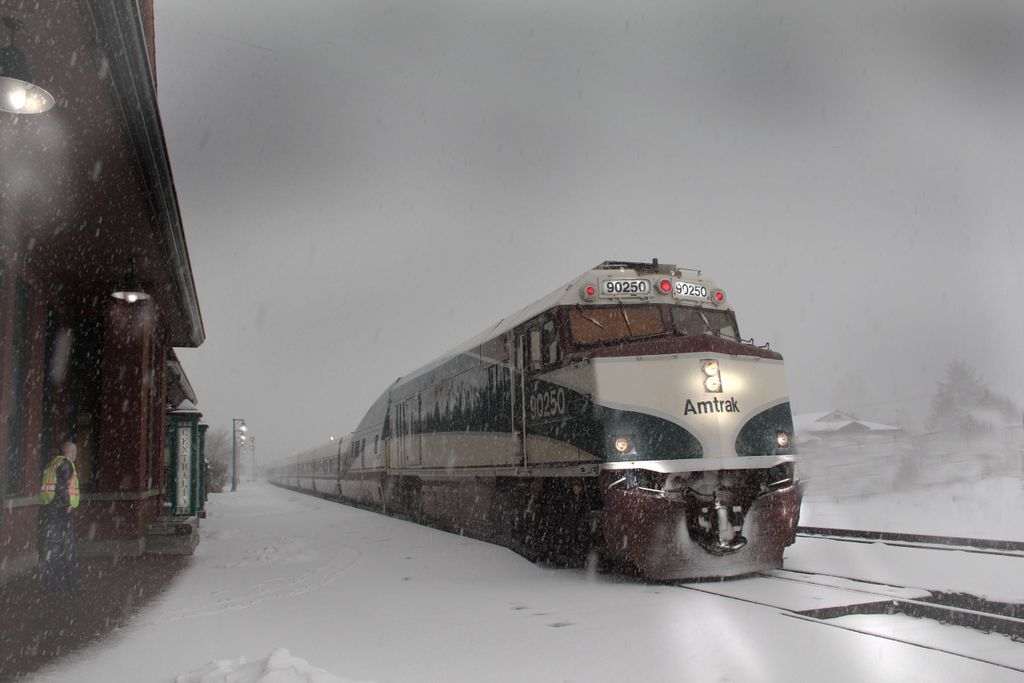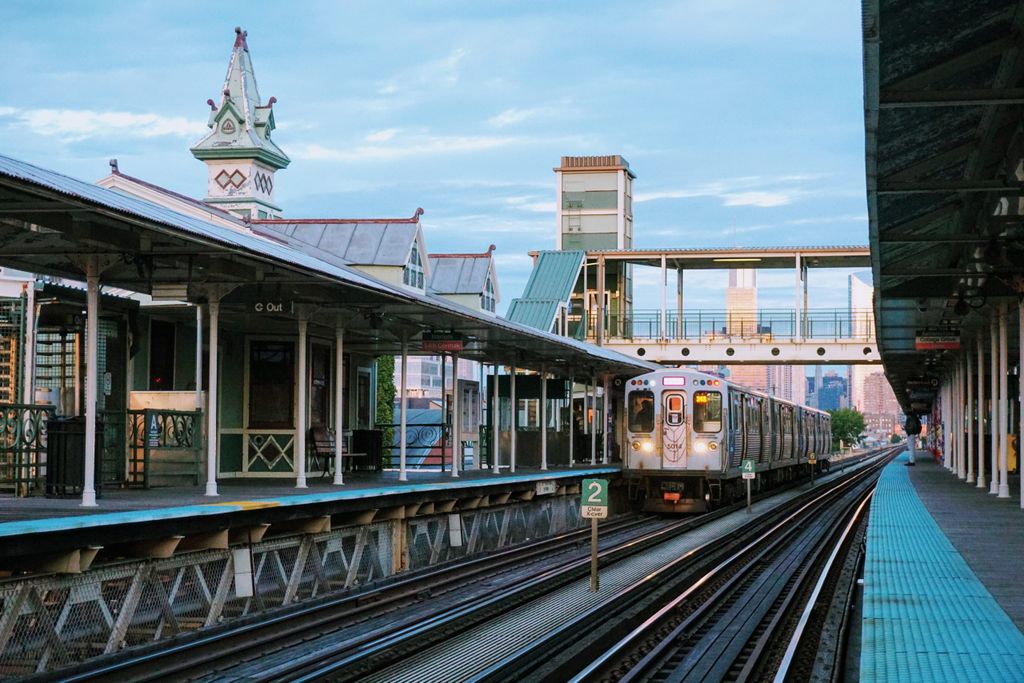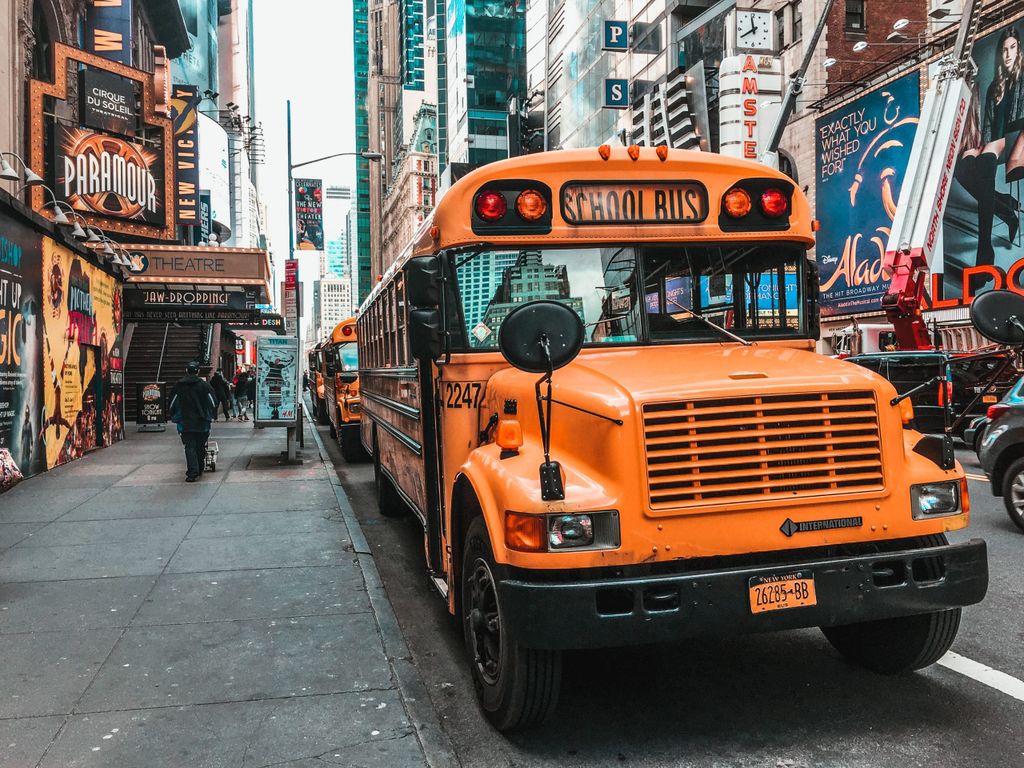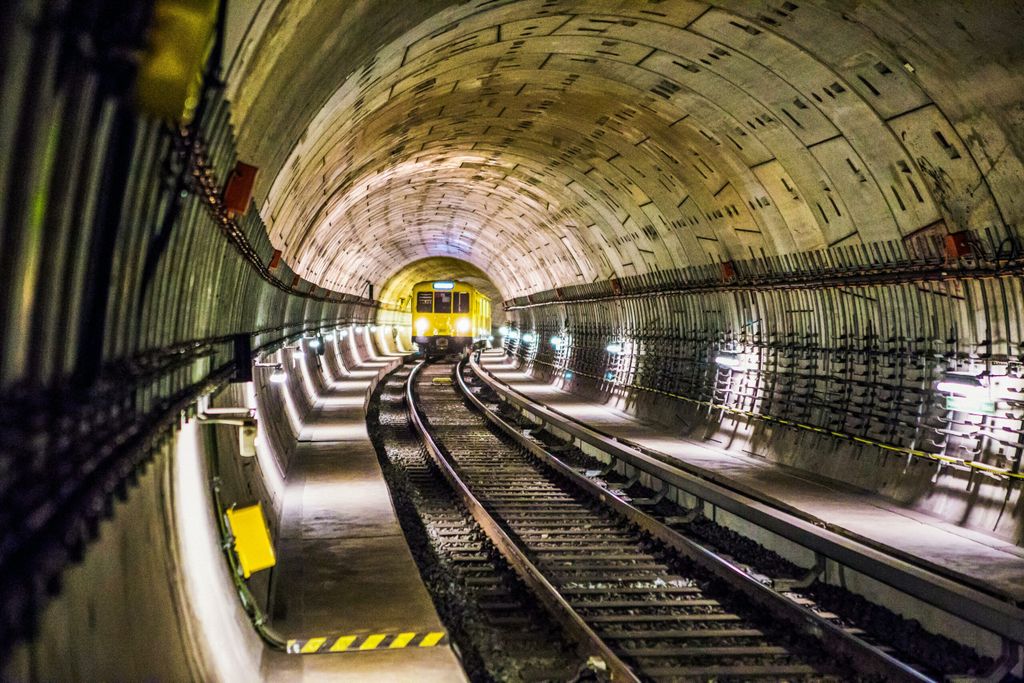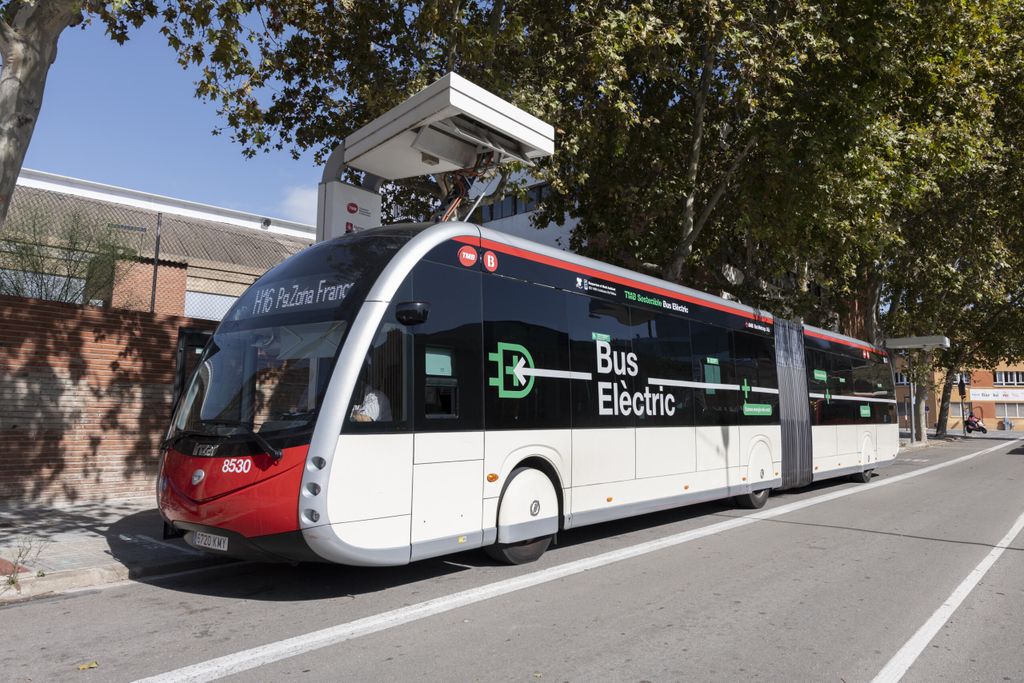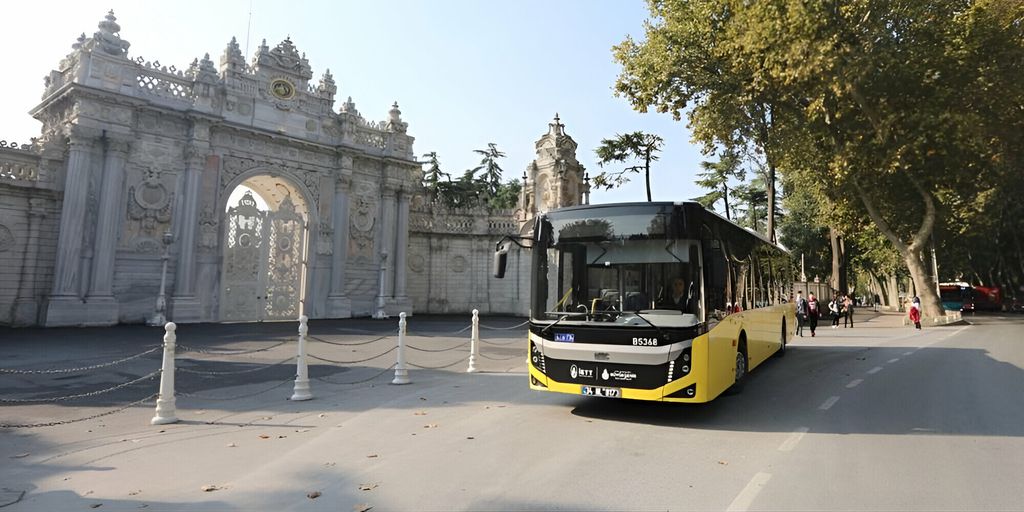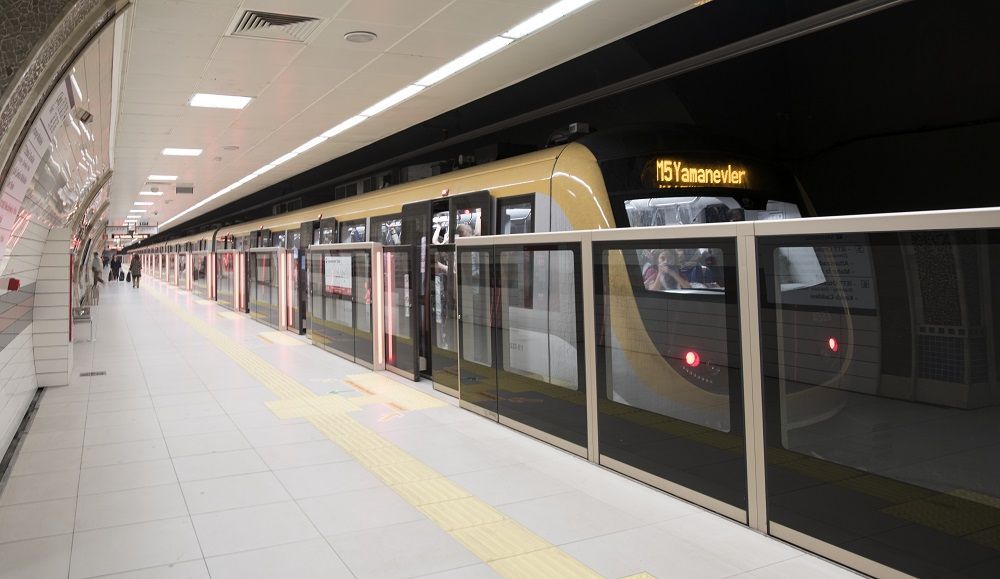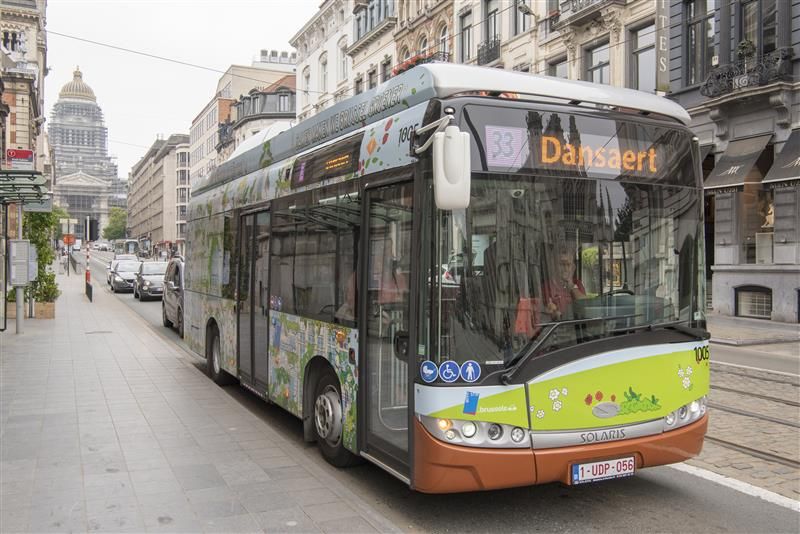
A massive step but is it enough? US Infrastructure Bill invests over $100 billion in public transport
From modernisation to safer streets for active mobility
With the aim of further developing a more sustainable, resilient and equitable economy, creating millions of good jobs year after year, increasing labour force participation and dealing with the on-going climate crisis, President Biden signed into law the Bipartisan Infrastructure Deal in November 2021. This historic Bill opens $550 billion for new federal investments in the United States’ infrastructure, covering transportation, broadband and utilities.
Text: Indira Khara
Focusing on the investments that will have a first-hand impact on the public and/or urban transport sector, $39 billion is allocated to modernise public transit, $5 billion to deliver zero and low emissions buses, $2.5 billion to improve ferry services, and $66 billion to reform the rail services which include both passenger and freight rail. Additionally, $11 billion has been budgeted to transportation safety programs that includes a Safe Streets for All program to cut down on accidents and fatalities especially related to those who adopt active transportation- cyclists and pedestrians.
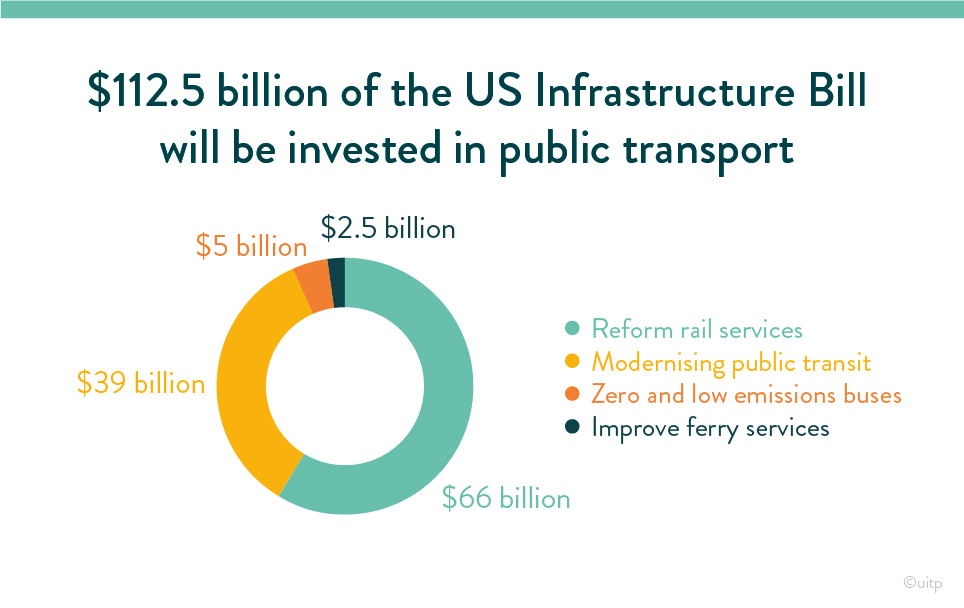
“Americans rely on our transportation infrastructure every day – to get to work, school, loved ones, and to move goods across our economy,” said Secretary of Transportation, Pete Buttigieg. “The once-in-a-generation investments in the Bipartisan Infrastructure Law will improve people’s lives in every state in the nation by increasing access to safe, clean, reliable transportation.”
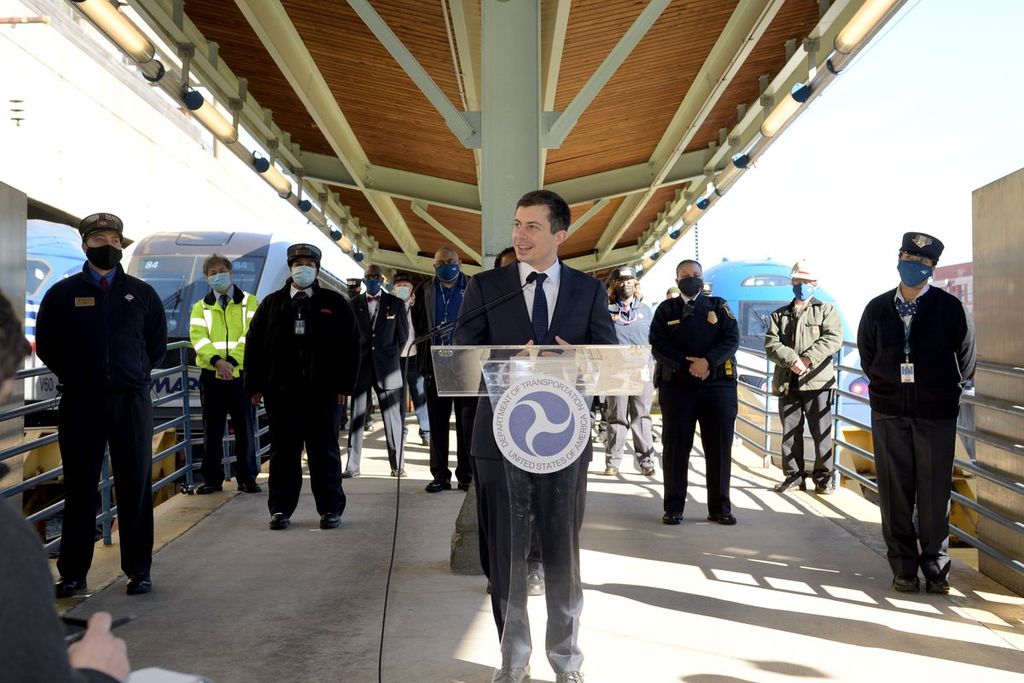

24,000 buses, 5,000 rail cars, 200 stations, all needing replacement
The lack of adequate public transit services has historically been blamed on sprawling auto-centric metropolises, politics, image of public transport as a welfare/social program, lack of demand and so on. For decades public transport has suffered from a systemic lack of federal, state, and city funding. A whopping 45% of Americans have no access to transit.
With this influx of funds, America’s transit infrastructure can benefit from that much-needed makeover. For example, the allocated $5 billion for new buses will be divided equally between zero and low emission vehicles. The iconic yellow school buses are slated to be replaced by thousands of electric ones. Across the nation, American made, clean energy buses will ferry school children from one place to another. Amtrak is set for a revamp as well, with plans to deal with the maintenance backlog and building new lines to high potential locations.
In a decade long study done across the country, 19% of transit vehicles, and 6% of fixed guideway elements like tracks and tunnels were rated in “poor” condition. As stated on the official fact sheet of The White House’s dedicated webpage, more than 24,000 buses, 5,000 rail cars, 200 stations, and thousands of miles of track, signals, and power systems need replacement.
This investment in public transit is meant to improve the deteriorating infrastructure, upgrade fleets, provide better accessibility to the elderly and those with limited mobility, and cover larger areas to bring transport services to a wider range of commuters. Of course, this will also have direct implications on low-income households and, as data shows, communities of colour. They will now be more likely to take public transportation, helping connect them to their workplaces, communities, healthcare and so on.
This new funding highlights the importance of public transit as a centerpiece for improving the lives of many. It injects new energy toward higher quality of life in our cities.
How the funds of the infrastructure bill are distributed
While the funds will be distributed by state over a five-year period, plans have been put in place by the Department of Transportation on how to compute the funds to be allocated to improve local public transit networks and provide healthy, sustainable transportation options for millions of Americans. The key data being used is the amount of extra time it takes Americans commuting by public transport to reach their destination. Additionally, how many more times likely are non-White households to use these services. Lastly, what percent of transit vehicles are past their useful life?
Currently, the allocated investment is based on formula funding only. This means that essentially these numbers are a result of applying a mathematical formula to decide on the allocation of resources, but actuals may be different. Contingent on the key data points, for example, New York state, known to have one of the better public transit systems in the country, can expect to receive about $11.2 billion to improve public transit across the state. California approximately $10.3 billion, Texas, $3.4 billion and Washington, $1.9 billion.
According to data, Californians using public transit spend an additional 66.6% of their time commuting while Texans spend an extra 80.8%. There is significant room for improvement here. Non-white households in New York are 2.5 times more likely to commute via public transportation, and those in Washington are 1.7 times more likely. 11.2% of transit vehicles in New York, 12% in Texas, 15.6% in California and 16.5% in Washington need replacement as they are past their useful life. These numbers clearly show the need for these funds.
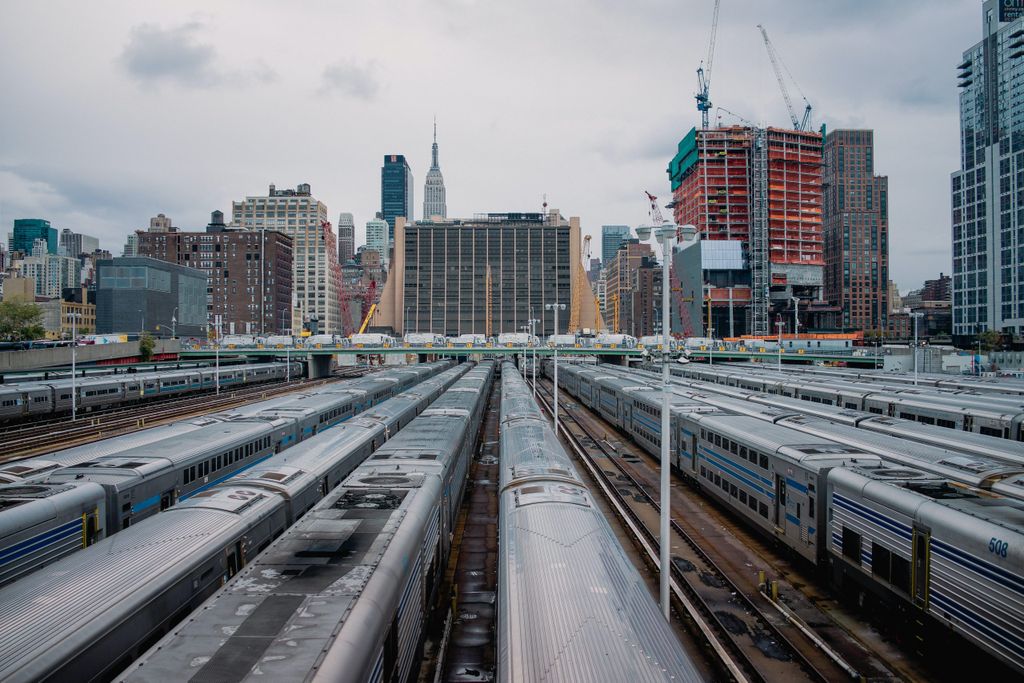
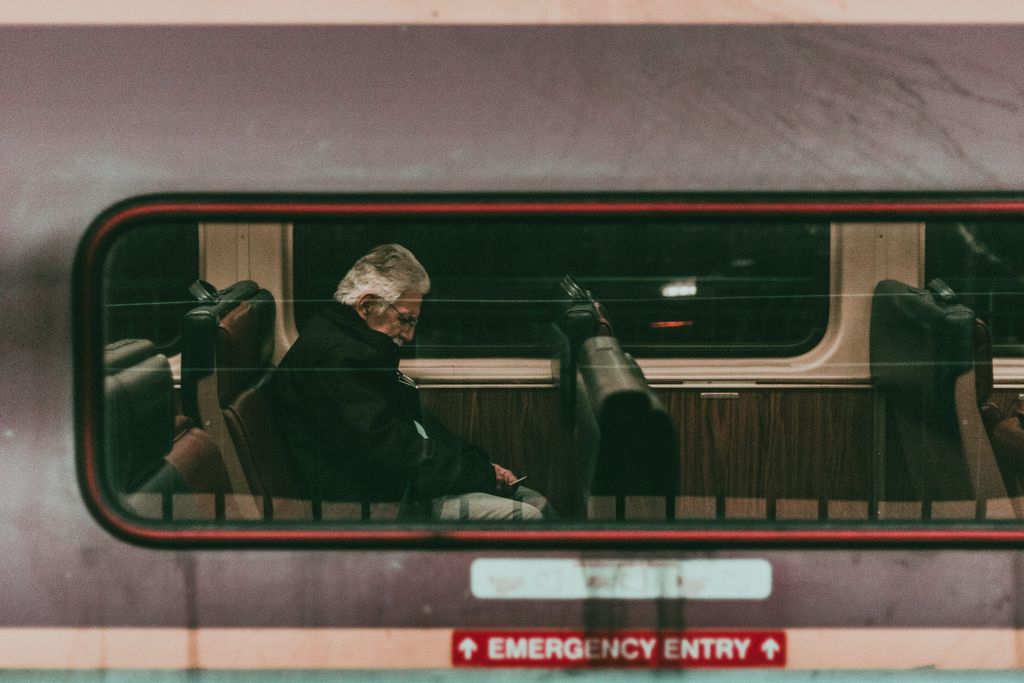
Will the investment of billions of dollars through the Infrastructure Bill be enough?
According to the American Society of Civil Engineers, the country is in need of at least $176 billion for imminent maintenance and will need a funding of $100 billion in necessary upkeep through the end of the decade, a far cry from the current numbers that have finally been passed. Additionally, while $39 billion of new investment has been allocated to specifically modernise public transit, $110 billion will be invested in highways, roads and bridges.
Ample research has shown that building bigger roads to reduce congestion in reality has the opposite effect, in accordance with the theory of induced demand. Simply put: if you build it, they will come and use it. An additional $7.5 billion is being invested to build out a national network of EV (electric vehicle) chargers across the country. Even though they are better for the environment, this will further encourage the use of personal vehicles.
Nevertheless, the US Infrastructure Bill is a massive step in the right direction. This multibillion-dollar project is the largest one in federal financing for public transit history. Combined with the continuation of the existing transit programs for five years as part of the surface transportation reauthorisation, the public transport sector in the US has much to look forward to. At the very least, it has highlighted the dire need of federal investment and funding for maintenance, upgrades, and innovation, to create an environmentally conscious, equitable and sustainable economy and society, with options and accessibility for all.
Contact
UITP

exclusive resources
Membership benefits

